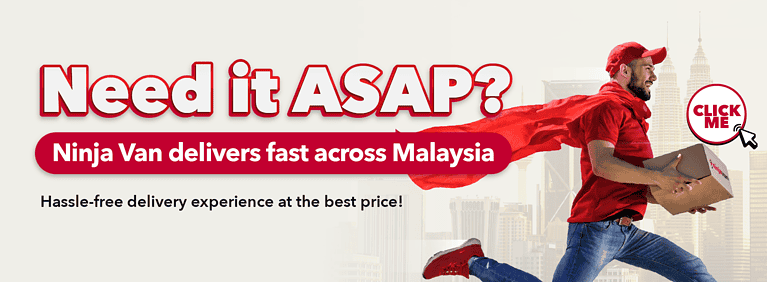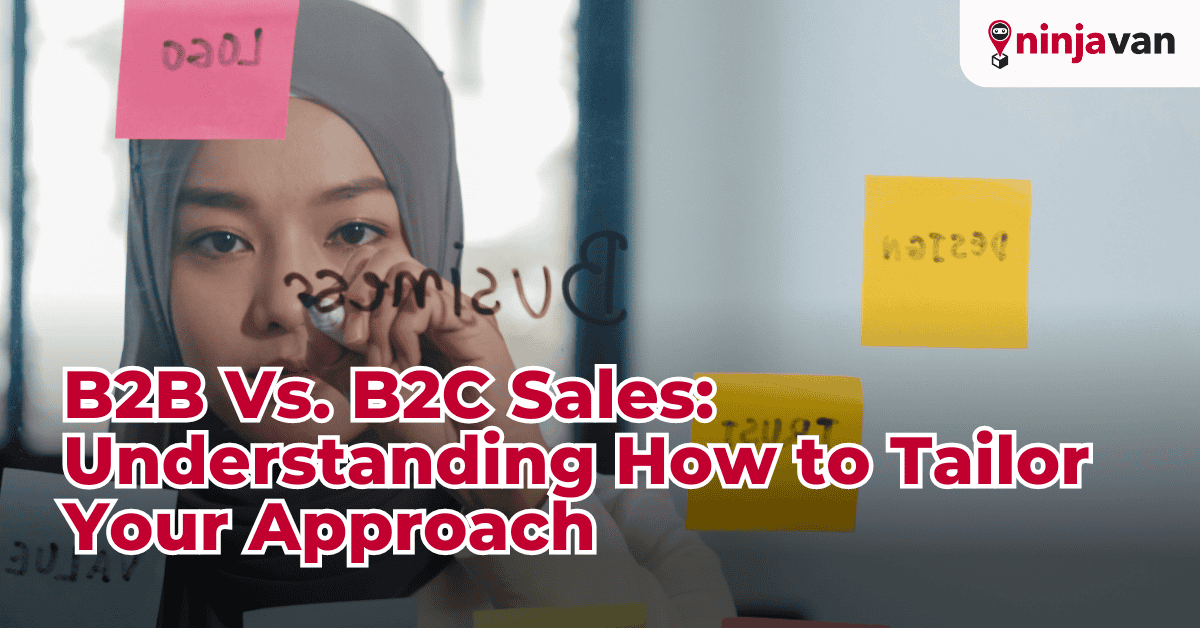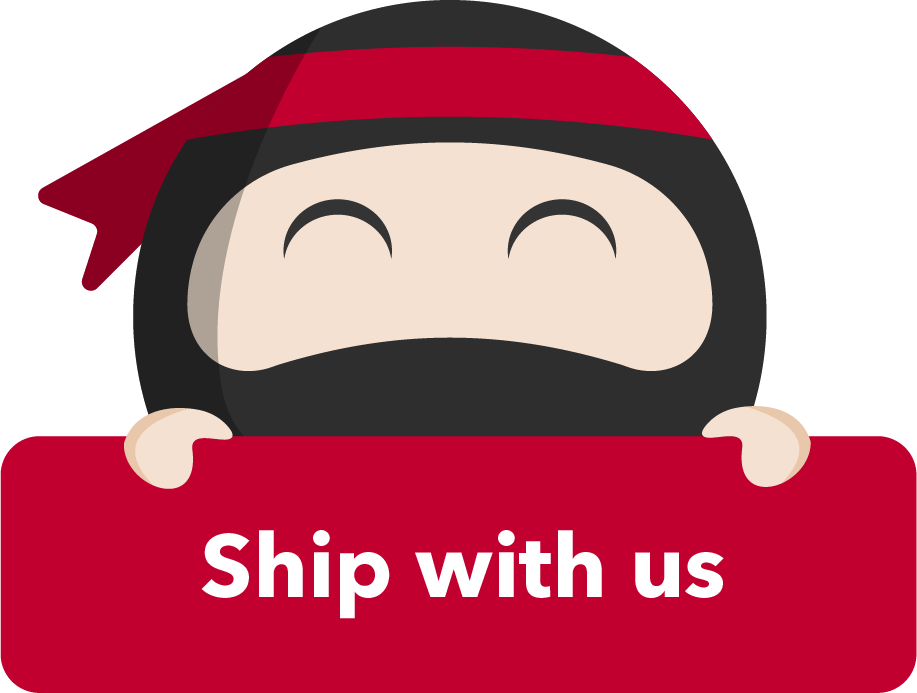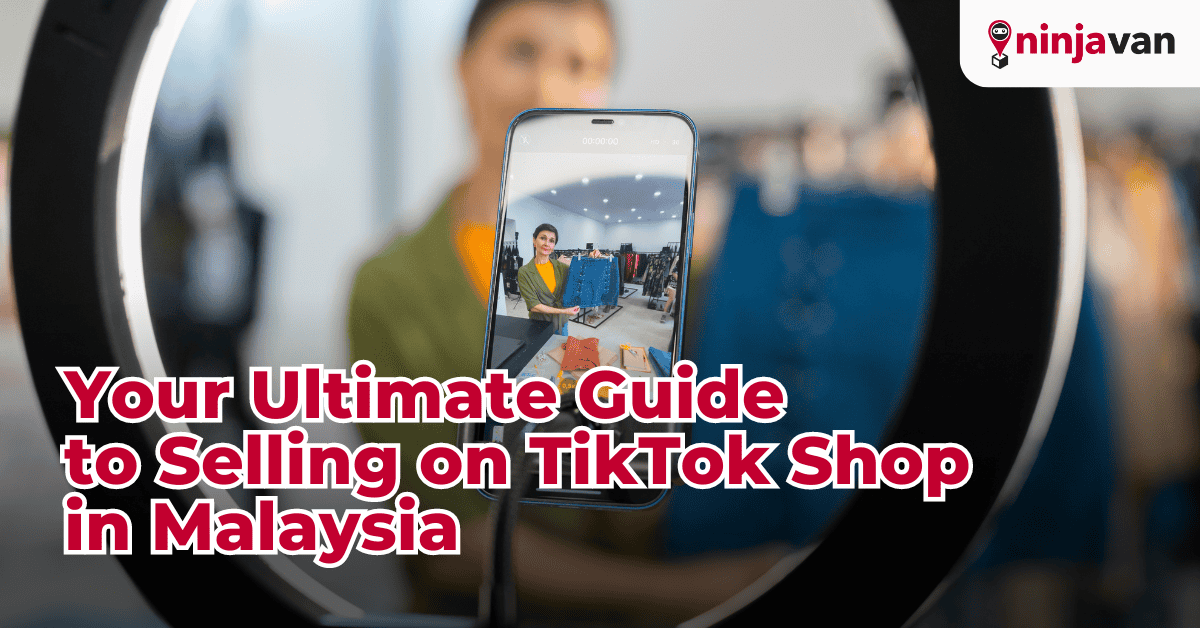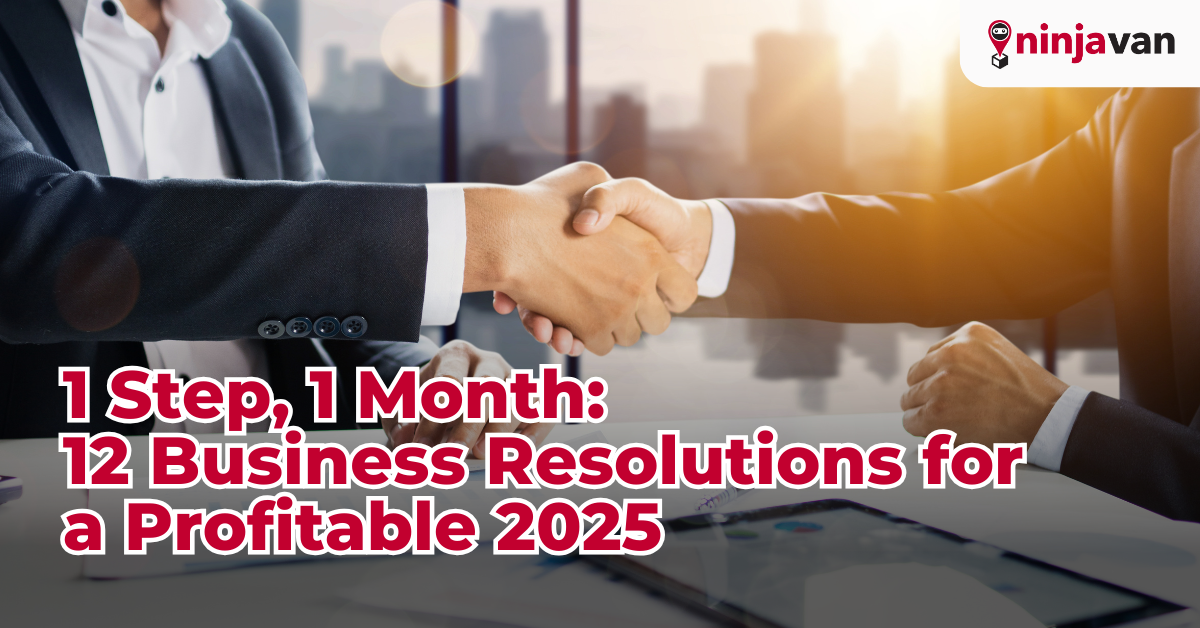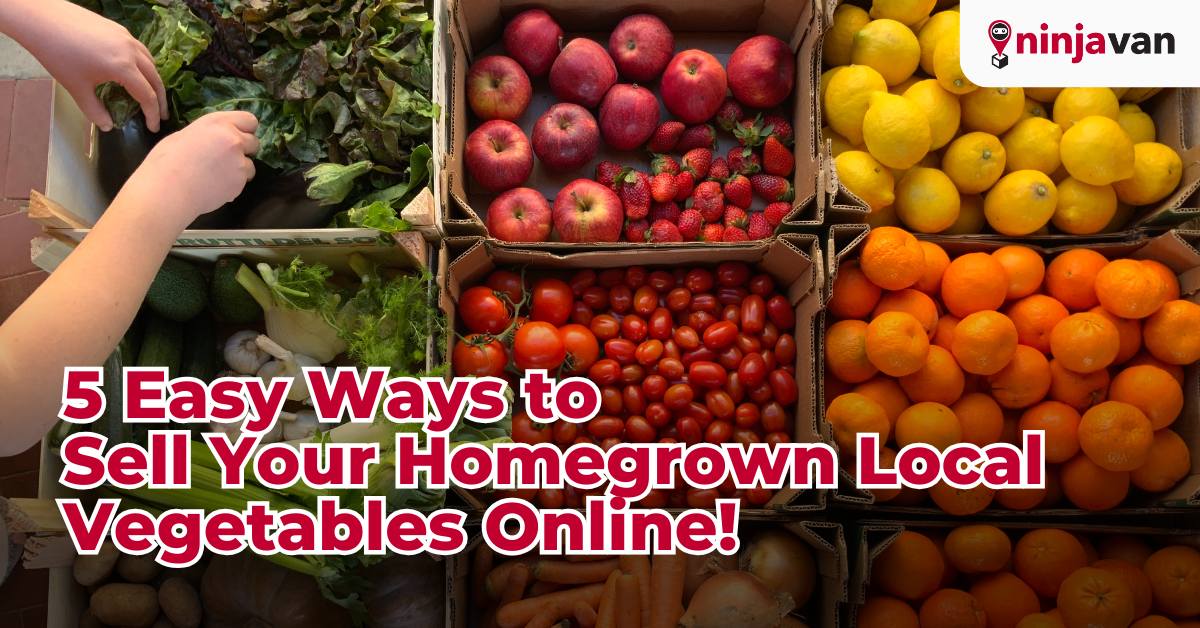Whether you’re new to sales or contemplating a switch from the laid-back B2C scene to the more formal B2B arena (or vice versa), it’s important to know what you’re getting into.
In B2B (business-to-business) sales, it’s all about deals between companies, while B2C (business-to-consumer) sales are more about connecting with individual shoppers. The ultimate key to success lies in mastering the art of tailoring your approach to each.
So let’s break down B2B and B2C basics, see why switching your approach matters, and dig into the differences that’ll sharpen your skills. Ready to learn what drives each sales style and how to excel in both? Let’s dive in!
Know Your Audience
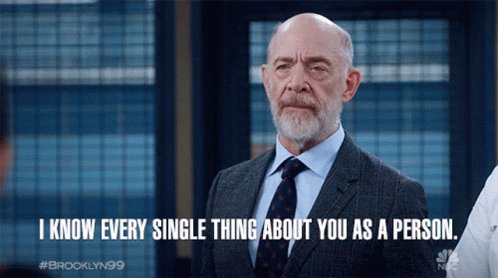
First things first, who are you selling to?
B2B sales
In B2B sales, you’re not just pitching a product, you’re solving a puzzle for a whole business. It’s all about the big picture—like how your product slots into their operations or boosts their bottom line. Expect to chat with a bunch of folks before getting that nod of approval because decisions usually roll through a squad of managers, tech geeks, and money handlers.
B2C sales
On the flip side, B2C sales prioritise direct connections with individual customers, often resulting in quick, spontaneous transactions. You’re not just selling a product, you’re offering an experience or fulfilling an immediate need. This requires tapping into personal vibes, understanding individual wants, and catering to instant gratifications. Through captivating ads, engaging social media, or timely presentations, the aim is to evoke emotions and drive swift purchases.
🐱👤 Ninja Tips: Running a B2C online business? Don’t let deliveries slow you down! Manage deliveries efficiently with Ninja Biz. Download Ninja Biz today and experience the convenience of streamlined deliveries for your live selling success!
Key Differences in Approach
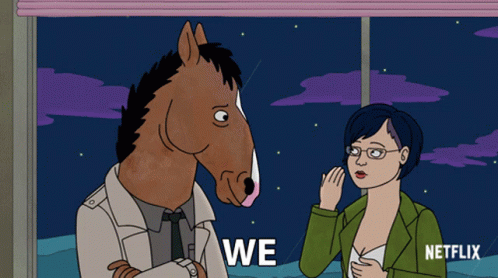
#1. Sales Cycle Length: Marathon vs. Sprint
- B2B: This is the long game. We’re talking research, pitches, demos, and the dreaded waiting game for a bunch of approvals. It’s more “Lord of the Rings” epic than a quick TikTok clip.
- B2C: Think fast and fun. Decisions come quickly, driven by emotion or that gotta-have-it-now feeling. This cycle is more like snapping up concert tickets the second they drop.
#2. Value Proposition: Dollars vs. Feels
- B2B: Show them the money—well, the potential to save it or make more of it, really. It’s all about return-of-investment (ROI). Can your product make their processes smoother? Cut costs? Boost efficiency? That’s your ticket.
- B2C: It’s all about connection. Does your product make life easier? Does it make the buyer feel good or look cool? Emphasise how it fits into their lifestyle or solves an immediate need.
#3. Communication Style: Boardroom vs. Instagram
- B2B: Keep it 100 with professionalism. You’re likely to engage through detailed emails, slick presentations, and data-heavy meetings. It’s more LinkedIn than Twitch; think clear, logical, and structured.
- B2C: Here’s where you can unleash some creativity. Your pitch can be as vibrant and engaging as a viral ad. Emotional appeal, relatable stories, and eye-catching packaging are your best friends.
Tailoring Your Sales Strategy: Custom Fits Only

When it comes to excelling in sales, a one-size-fits-all approach just won’t cut it. Here’s how to tailor your strategy to suit the unique needs of B2B and B2C markets:
B2B Strategies:
- Build Relationships: It’s all about partnership, not just a one-off sale. Foster strong relationships with key players who have the clout to make or influence decisions. This means regular communication, understanding their business challenges, and being a reliable resource they can count on.
- Back it up with Data: When it comes to convincing business customers, arm yourself with stats, charts, and ROI calculators. Presenting solid data makes your case stronger and helps stakeholders see the clear benefits of choosing your product or service. All the PowerPoint skills you’ve learned from your university life? They are finally coming to use!
- Custom Demos: Show, don’t just tell. Provide custom demonstrations that highlight how your product or service works specifically for their needs or industry. A tailored demo can address their unique concerns and make the benefits of your solution tangible.
B2C Strategies:
- Highlight the Benefits: Focus on what’s in it for the consumer. Emphasise how your product can make their life better, easier, or even cooler. This could be through demonstrating the product’s ease of use, its efficiency, or how it adds a touch of style to their life.
- Social Media and Influencers: Leverage the power of social media and influencers to amplify your message. Use these platforms to create a buzz around your product, showing how it fits into the ideal lifestyle of your target market and why it’s a must-have.
- Clear Calls to Action: Simplify the decision-making process with clear, compelling calls to action. Make it extremely easy for consumers to make a purchase, whether that’s through a straightforward swipe-up link, a simple button on a webpage, or an enticing one-click checkout process. Minimising friction in the buying process can significantly increase conversion rates.
Wrapping It Up: Customise Your Approach and Watch Your Sales Soar
Remember, whether it’s B2B or B2C, the end game is the same: make the sale, and satisfy the customer or clients. But getting there? That’s where the art of tailoring your approach comes in. So, whether you’re refining your pitch to a room of execs or crafting that perfect ad for social media scrolls, understanding these differences and playing to your strengths will set you apart from the crowd.
Oh, and if you’re into B2C and are worried about those delivery woes? Consider them gone. Snag your 5 FREE Ninja Van deliveries and win back those customers with confidence.
Ready to take your sales strategy to the next level? Let’s make those sales pop with this super-delivery app!

